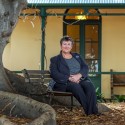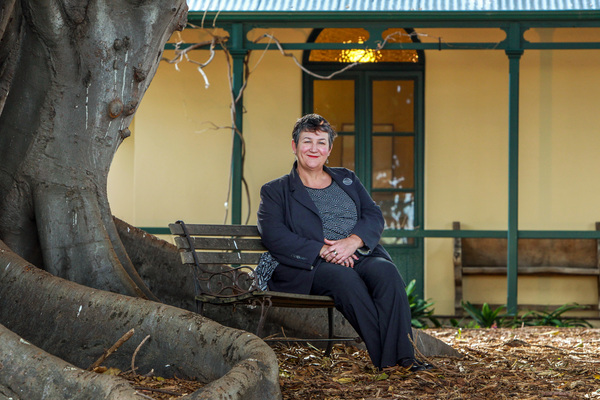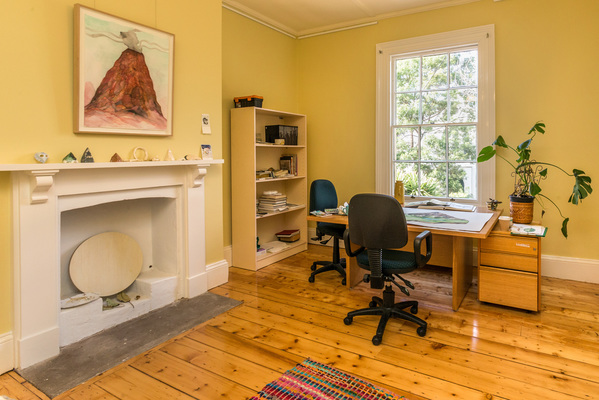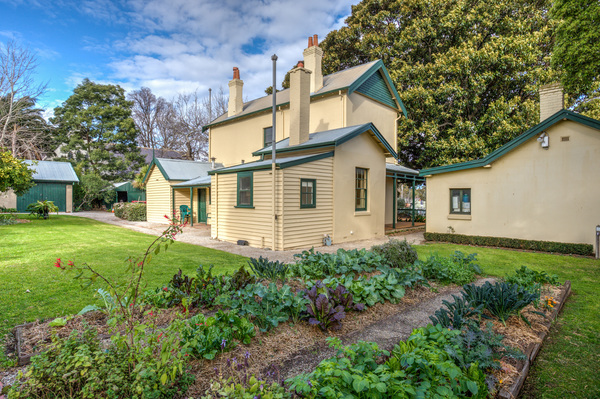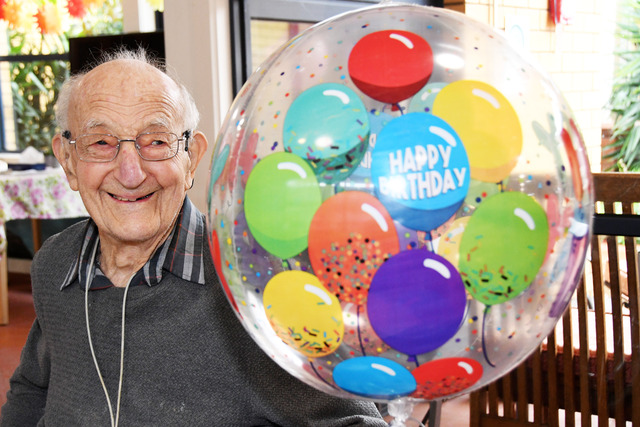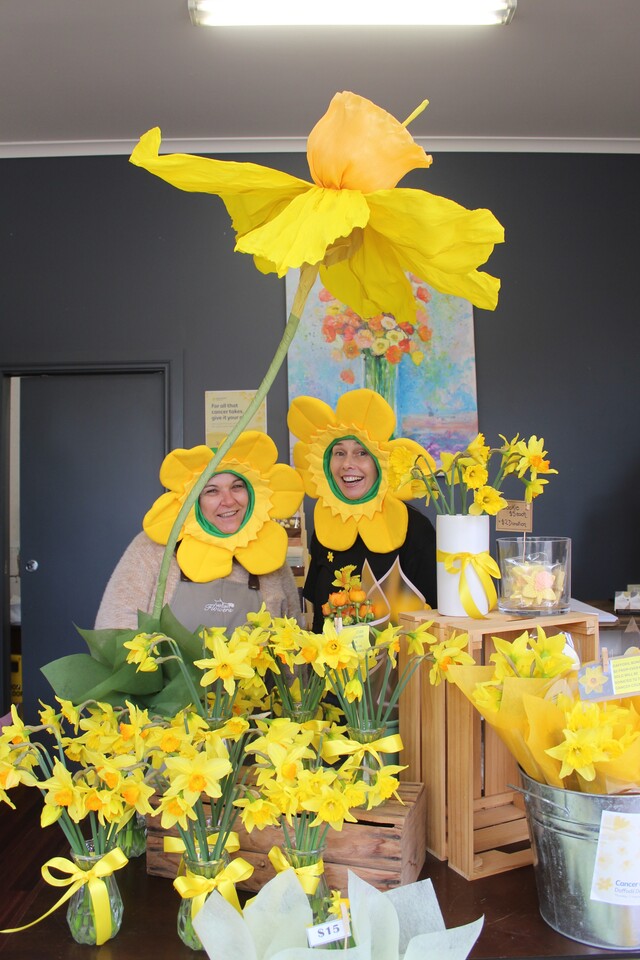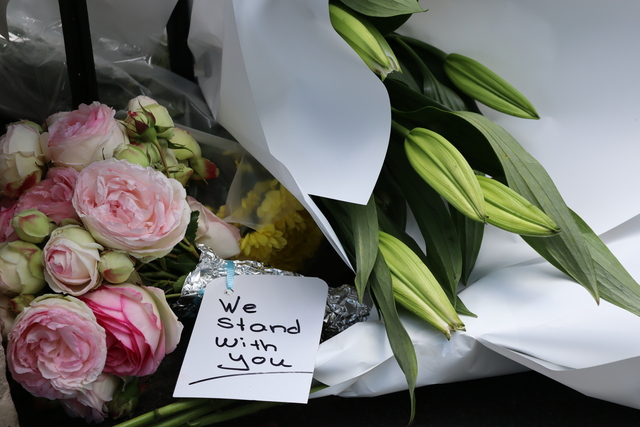By CASEY NEILL
LAUREL Lodge captures the Dandenong of bygone eras and is reaching out to a new generation.
“I want the community to love it and to be here,” Sarah Dugdale said.
She’s the City of Greater Dandenong’s arts and cultural development co-ordinator.
“Dandenong was the gateway to Gippsland, or looking at it the other way it was the gateway from Gippsland into the markets of Melbourne,” she said.
“Its history is built around being that gateway.
“It went from being rural farming land with the stock markets to becoming market gardens as the city started moving out, and we retain some of that with the market still being there.
“Capturing this moment in the city’s history has always been important – that transition from settler, agriculture, the past into modern city of Greater Dandenong now.”
The council bought the 1869-built McCrae Street home from a deceased estate in 1972.
“There was a lot of pressure from the local community to buy it and retain it and to celebrate the fact that it is a milestone on that journey of the story of our city,” Ms Dugdale said.
“It’s been everything from a family home to a school for educating young women.”
It’s also long been home to Moreton Bay fig trees that now tower above the building.
“Imagine the damage those roots do,” Ms Dugdale said.
“What happened in the ’70s was they dug down and put in barriers and closed it back up and crossed their fingers.
“Forty years later, 50 years later it wasn’t sufficient and cracks had been appearing, so we had huge cracks all through the plasterwork, internal and external.”
Experts measured ground water and tracked the roots intruding on Laurel Lodge’s foundations.
Ms Dugdale said they used a membrane and established measures for monitoring the situation.
“Then we were able to do repair work,” she said.
That included a new roof, ceilings and flooring, rebalancing the house, painting and more.
Pre-renovation, the upstairs bedrooms had been decked out in line with their historic uses.
“There was a children’s bedroom, the master bedroom, and the front bedroom was kind of like a nursery,” Ms Dugdale said.
“We’ve shifted the focus.
“We’ll be restoring some of the interpretive factors in here. We’re restoring the kitchen and the dining room.”
But the bedrooms are now open to artists, who can apply to use a space for up to three months.
The only catch is their work needs to have some resonance to Dandenong’s story or their experience in the area.
“It’s really about trying to find ways to engage with the community and get them to use the space and enjoy the space and have ownership of the space,” Ms Dugdale said.
Robert Huckson bought the property in 1867 and two years later designed and constructed Laurel Lodge.
James Lecky bought the property in 1872 but never lived there, instead renting it to Matilda Shaw.
She operated a school from the house for 15 students who boarded there.
Mr Lecky died in 1884, leaving the property to his wife Elizabeth, who sold it to Dr Henry Moore in 1885.
Dr Moore lived there with his wife Jane and their four children for almost five years before forfeiting the home after falling behind in repayments.
Jacob Caro owned the building from 1890 and rented it to various tenants, including Joseph Clarke who bought it in 1902 and lived there until his death in 1912.
He renovated and extended Laurel Lodge and created a flower garden.
Arthur Ernest Clarke inherited the house from his father and lived there with his sister until his death from a horse riding accident in 1917.
Robert Hopper Woodcock, his wife Nellie and their three daughters moved in the following year and completed renovations – including a tennis court.
In 1936 they sold the back yard – including the court, stables and orchard – to friends Dr Ian and Dorothy Hart who built Benga House.
Mrs Woodcock inherited Laurel Lodge following her husband’s death in 1951 and lived there until her passing in 1972.
The City of Greater Dandenong bought it from her estate and in 1973 opened it to the public as a historic home.

